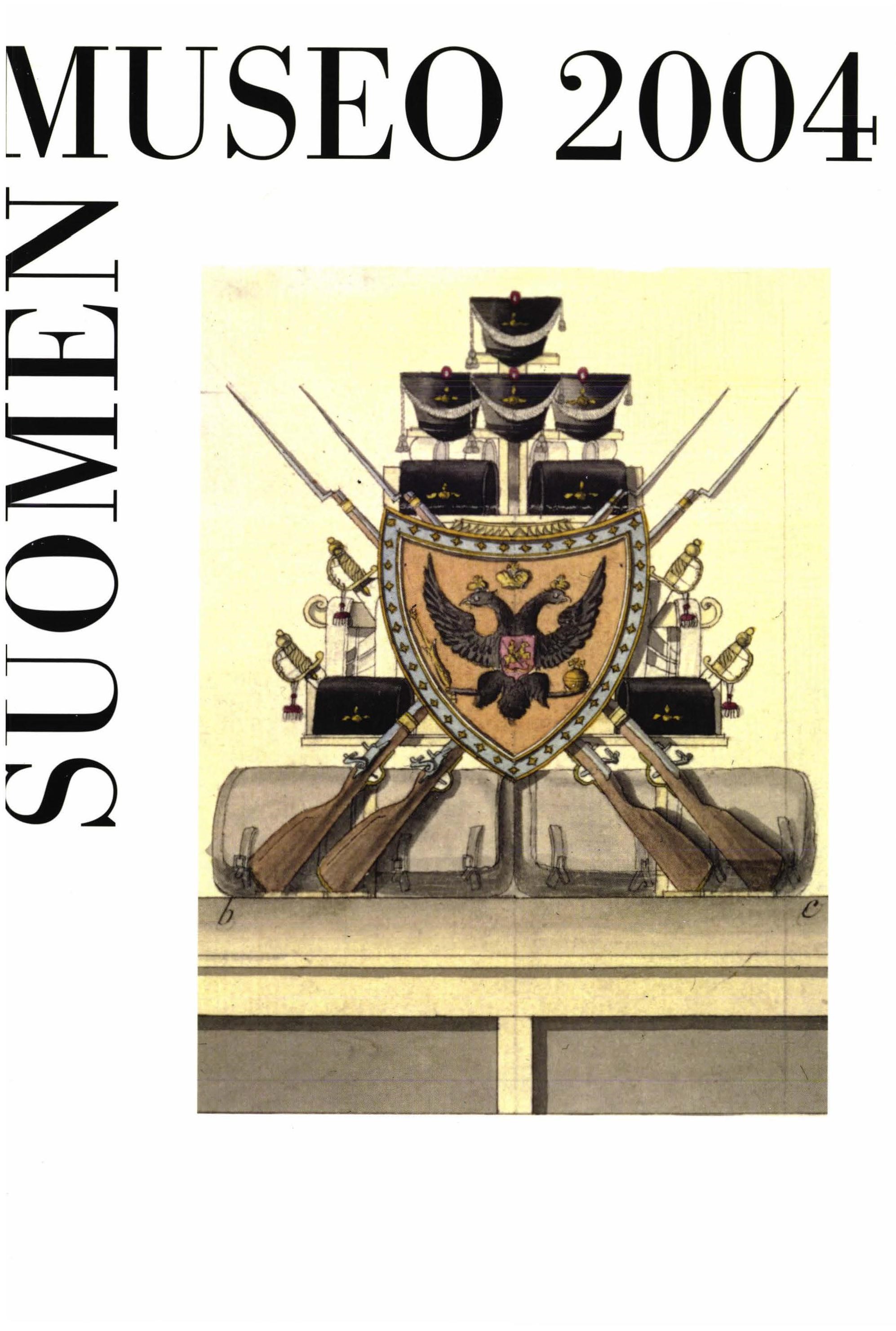Anjalan kirkko ja Kustaa III:n sota
Abstrakti
Thc construction of the wooden church of Anjala belongs to a period of active church building in Finland in response population growth in the mid-18th century. New chapelrics were established in large parishes and the old 17th-century churches were replaced with new and larger building. Anjala Church has a cruciform plan with tapering cross-arms that was typical of wooden churches in Eastern Finland. Located on the west bank of the Kymijoki river, which was the border between Sweden and Russia at the time, the church, like other settlement in the area, suffered considerable damage as a result of King Gustav lll's power-politically motivated attack on Russia and the ensuing war of 1788–1790.
The king granted generous church collection funds for repairs to Anjala Church. The funds permitted the purchase of new church bells from Stockholm and an altar painting with Gethsemane as its theme by the court and history painted C. G. Eckstein and having a frame made by the ornament sculptor Pehr Ljung. The antiquizing painting is complemented by a Neo-Classical altarpiece designed at the Office of the Superintendent of Public Building in Stockholm, the crown building authorities of the period. The pulpit is mainly of the Rococo style with ornamental themes related to Pietism. A further complementary detail of the interior is a bright-blue drapery painting covering the whole altar wall. Like the pulpit, it was made by a local craftsman.

